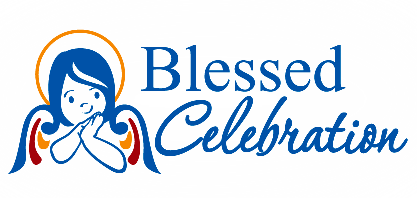
Dance Costumes oF Greece By Region
Traditional dress costumes in Greece vary significantly by region, each reflecting unique cultural influences, historical backgrounds, and local traditions. Here's an overview of some of the distinct dress costumes from different regions of Greece:
A list of greek dance costumes by region:
Epirus Region
- Main Styles: Epirus Girl, Vlachopoula, Souliotissa, Vlach Girl,
- Additional Regional Styles: Ntoulamas Mesolongi, Zitsa Girl, Zagori,
Macedonia Region
- Main Styles: Macedonia, Kastoria, Florina,
- Additional Regional Styles: Orini , Episkopi Imathias, Chalkidiki, Veria
Peloponnese Region
- Main Styles: Maniatissa, Maniatis, Corinth
- Additional Regional Styles: Nestani Arkdias, Tegea Arcadia,
Thrace Region
- Main Styles: Thrace
- Additional Regional Styles: Metaxades
Vlach Region
- Main Styles: Vlach, Vlaha
Sarakatsanos Region
- Main Styles: Sarakatsanos, Karagouna
Aegean Islands Region
- Main Styles: Aegean Island, Cyclades, Bouboulina, Greek Island,
- Additional Regional Styles: Hydra, Andros, Skyros, Lemnos, Sporades, Samos, Xios, North Aegean, Mykonos,
Ionian Islands Region
- Main Styles: Corfu, Kefalonia, Cephalonian, Kerkira
- Additional Regional Styles: Eptanisa
Cretan Islands Region
- Main Styles: Crete
Dodecanesse Region
- Main Styles: Rhodes, Karpathos, Vrakofors
- Additional Regional Styles: Lipsi, Castelorizo Megisti
Cypriot Region
- Main Styles: Cyprus

Costume Styles:
Crete:
- Cretan costumes are known for their intricate embroidery and colorful designs.
- Women traditionally wear long, pleated skirts with a tight bodice and a white blouse. They often accessorize with vests, aprons, and elaborate headscarves.
- Men typically wear knee-length breeches called "vraka" paired with embroidered vests, fringed sashes, and headgear such as the "sariki" or "xerotiana."
Epirus:
- Costumes from Epirus are characterized by their heavy woolen fabrics and rich embroidery.
- Women's attire includes long, flowing skirts with embroidered aprons and blouses. They often wear shawls and headscarves for warmth.
- Men wear woolen trousers with embroidered vests and jackets. They may also don traditional caps or fezzes.
Peloponnese:
- The Peloponnese region features a variety of traditional costumes influenced by its diverse history.
- Women's attire typically consists of long, colorful skirts paired with embroidered blouses and vests. They may also wear shawls and headscarves.
- Men often wear baggy trousers with embroidered shirts and vests. They may accessorize with sashes and hats adorned with feathers or tassels.
Macedonia:
- Macedonian costumes are known for their vibrant colors and intricate patterns.
- Women traditionally wear long, pleated skirts with embroidered blouses and vests. They may also wear aprons and elaborate headpieces.
- Men typically wear trousers with embroidered shirts and vests. They may also accessorize with sashes and traditional hats.
Thrace:
- Thrace's costumes are influenced by both Greek and Turkish cultures, reflecting the region's multicultural heritage.
- Women's attire often includes colorful skirts with embroidered blouses and vests. They may also wear headscarves and jewelry.
- Men typically wear trousers with embroidered shirts and vests. They may also wear traditional headgear such as the "fesi" or "koukoulaki."

Leave a comment